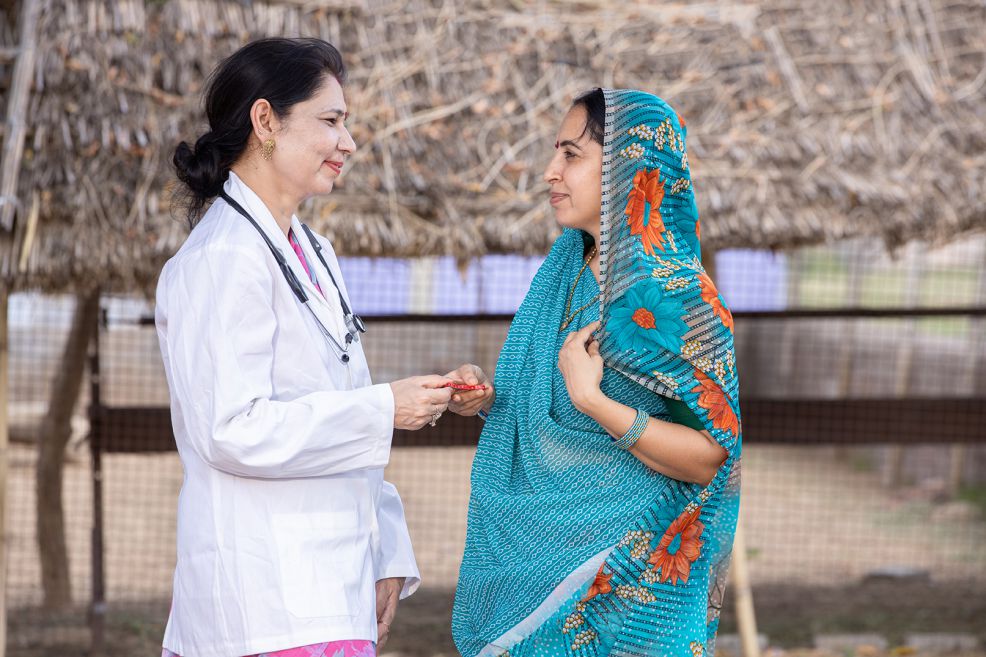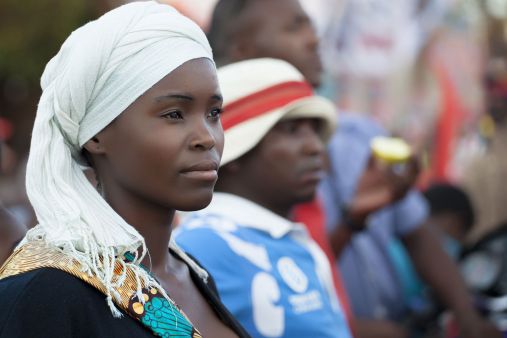However, prior to the pandemic, there had been a steady improvement in global Health, with sub-Saharan Africa experiencing the most progress, and only Latin America and the Caribbean recording a deterioration. The improvement of Health has resulted in part from better care systems, as well as progress in preventative interventions and behavioural risk factors.
Health Spotlight: Why Covid-19 will not reverse the trend towards increasing life expectancy

The COVID-19 pandemic has resulted in a major increase in global mortality. Countries around the world reported almost five million deaths from COVID-19 from the beginning of pandemic until the end of October 2021. While the true death toll remains unknown, excess mortality in 2020 is expected to reach a scale not witnessed in Western Europe since World War Two.
The COVID-19 pandemic has resulted in a major increase in global mortality. Countries around the world reported almost five million deaths from COVID-19 from the beginning of pandemic until the end of October 2021. While the true death toll remains unknown, excess mortality in 2020 is expected to reach a scale not witnessed in Western Europe since World War Two.
Whilst so much of the world’s attention has understandably been focussed on the tragic increase in deaths from COVID-19, we should not lose sight of the remarkable increase in life expectancy seen over multiple decades and, as we come out of this moment of crisis, we should look carefully at how it has been achieved. Since 1900, global average life expectancy has more than doubled, and now stands at above 70 years for men and 75 years for women. As soon as 2050, the world’s population aged 60 years and older is expected to more than double to a total of 2 billion, up from 900 million in 2015.
Longevity has been increasing across all metrics over the past decade, with all regions recording an overall improvement. Though sub-Saharan African nations continue to lag behind all other regions, the 10 most improved nations since 2011 are all African. Over the past decade, mortality has improved across all age groups. Under-5 mortality in the region fell from 102 per 1,000 people to 73 per 1,000 people while mortality amongst those aged 15-60 fell from 337 per 1,000 people to 269 per 1,000 people. Meanwhile, life expectancy at 60 increased from 15.4 in 2000 to 17.6 in 2019.
This reflects the significant advances in healthcare across the continent, particularly in improving the accessibility as well as the quality of medical facilities available to the population. Over the past decade, the coverage of antiretroviral HIV therapy in sub-Saharan Africa has increased from just 18% to 61%, while the proportion of births attended by skilled health professionals has increased from 45% to 61%.
Amongst the most encouraging examples of such improvements can be seen in Malawi. Though still ranked 125th in the world in the Index’s Health pillar, Malawi has recorded the biggest improvement of any nation in the Index’s Longevity element over the past decade. Despite the country’s persistently high poverty rate, Malawi has made steady progress in reducing rates of maternal and infant mortality, along with delivering notable reductions in mortality for those between 5-14 years as well as those aged 15-60.
Malawi increased its spending on healthcare from under 7.5% of GDP in 2011 to 9.3% in 2018, in support of its Health Sector Strategic Plan (HSSP II), aimed at improving healthcare coverage, quality, and affordability. The HSSP II plan was developed with support from the WHO and UNICEF, two of a number of donor partnerships which have helped to improve financing for Malawi’s health system, broaden public health initiatives and preventative care, and increase the recruitment and training for healthcare workers. As a result of increased investment and support from international donors, life expectancy in Malawi now stands at 63.7 years, above sub-Saharan African average of 61.6 years. Malawi was also one of a few sub-Saharan African countries to achieve the Millennium Development Goal (MDG) 4 for child survival by 2015.
Though the COVID-19 pandemic has had a profound short-term impact on mortality rates, the long-term global trend of increasing life expectancy should continue to give us all cause for optimism. Whilst significant disparities remain between high and low-income countries, the improvement seen in nations like Malawi demonstrates what is possible through concerted effort and collaboration with international partners.
However, whilst life expectancy remains a key yardstick by which to measure the world’s health, we must be mindful that true prosperity involves not just living longer lives but living happier ones. True prosperity is a life well lived.
Did
you know?
Since 1900 the global average life expectancy has more than doubled, and now stands at above 70 years for men and 75 years for women.





